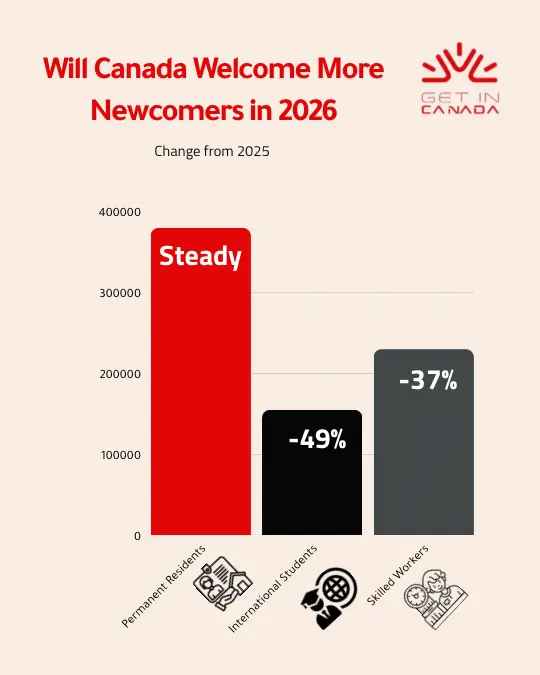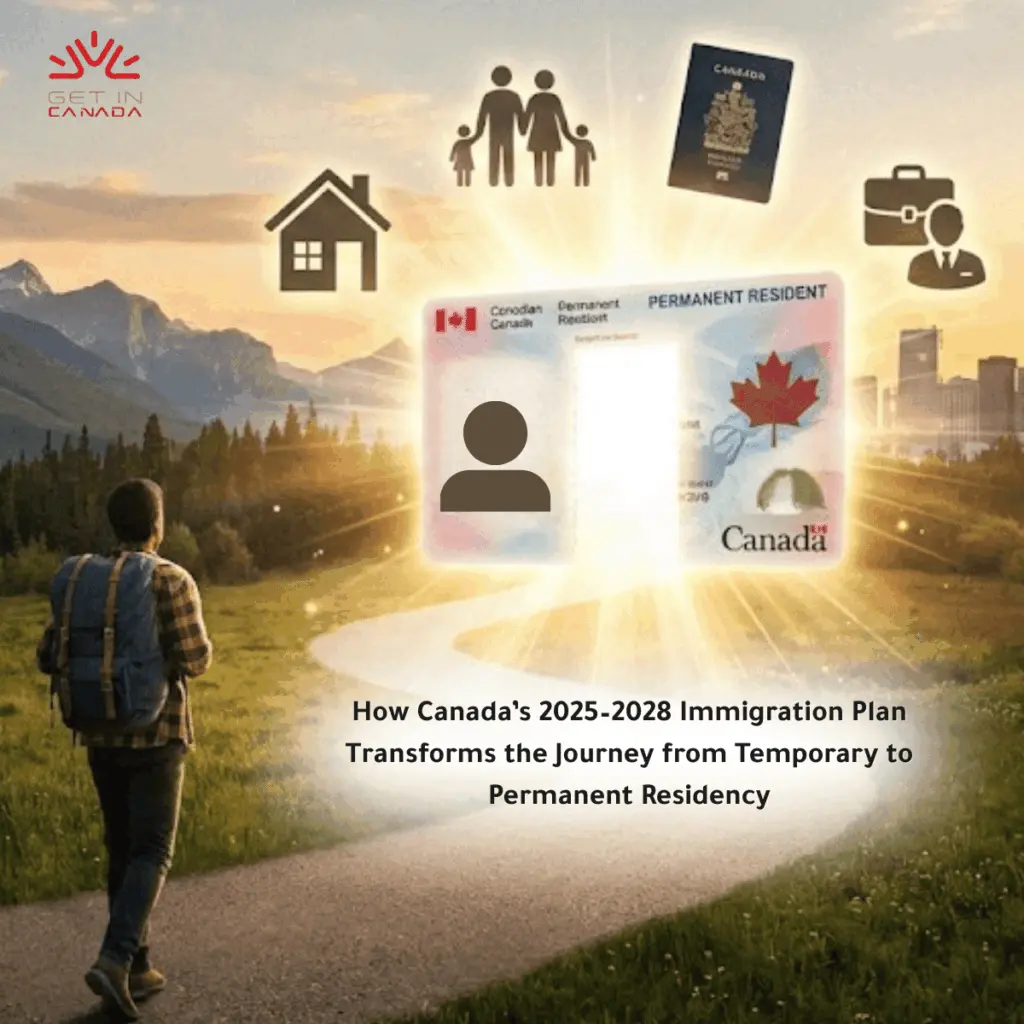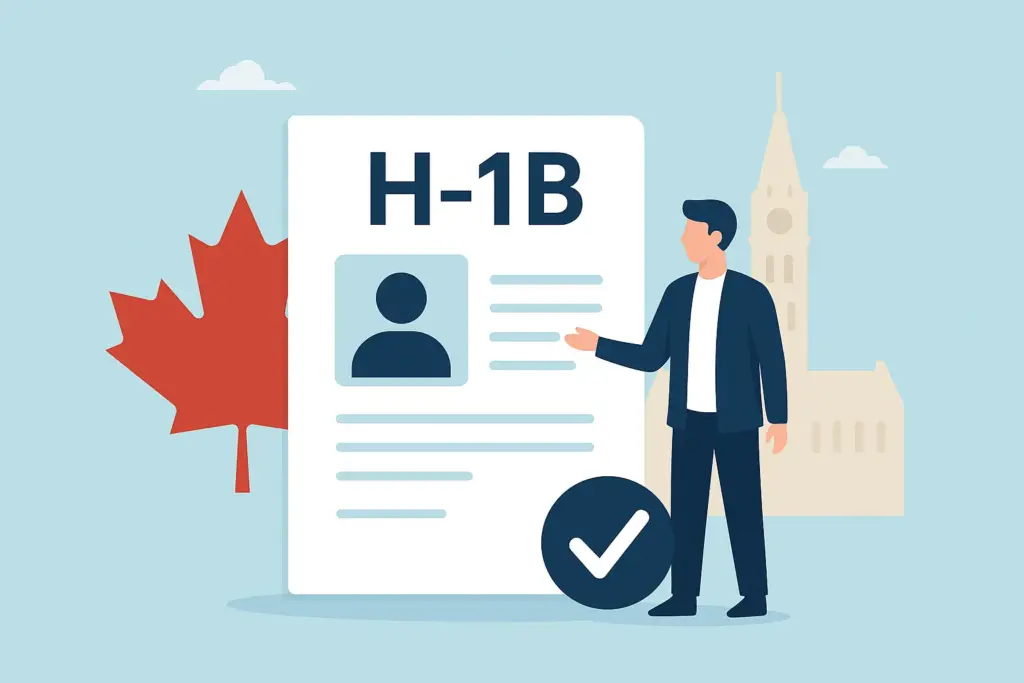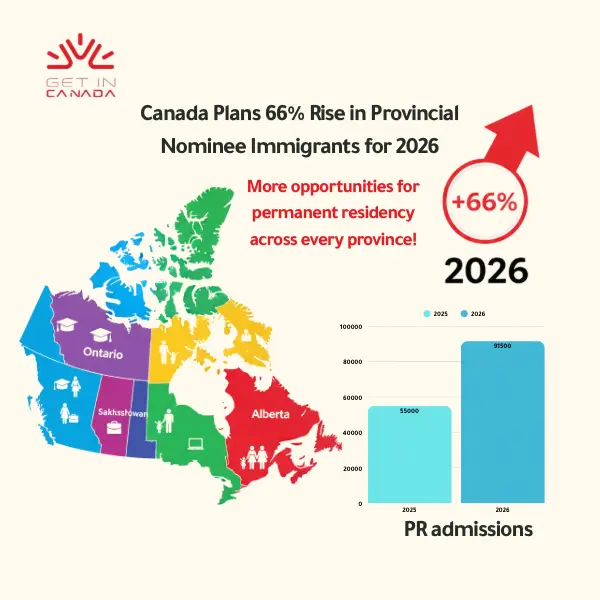Canada Immigration Levels Plan 2026-2028 Finally Out

Canada has released its Immigration Levels Plan 2026-2028, setting out how many people the country plans to admit as permanent and temporary residents in the coming years. Whether you’re planning to study in Canada, work there, settle permanently, or hire talent from abroad, this post breaks it down in simple language and shows the key numbers clearly.
What is the Canada Immigration Levels Plan 2026-2028?
The plan is essentially the federal government’s roadmap for how many newcomers Canada will welcome under various immigration categories over a three-year horizon. It covers:
- Permanent Residents (PRs): People who will live in Canada indefinitely.
- Temporary Residents (TRs): New international students and temporary foreign workers arriving in Canada.

The aim is to align immigration with Canada’s labour needs, housing, infrastructure and community capacity — not just bring in large numbers without planning.
Book Your Consultation Session →
Key Numbers of Canada Immigration Levels Plan 2026-2028
Here are the headline targets as officially presented and publicly discussed:
Permanent Resident Targets of Canada Immigration Levels Plan 2026-2028
| Year | Target Overall PR Admissions | Planning Range | Notes |
| 2026 | 380,000 | ~350,000-420,000 | Focus remains on economic & labour-market streams |
| 2027 | 380,000 | ~350,000-420,000 | Continuation of stable level strategy |
| 2028 | 380,000 | ~350,000-420,000 | Planning horizon extends three years ahead |
Temporary Resident Projections New immigration plan Canada
| Year | New TR Arrivals (workers + students) | Workers | Students |
| 2026 | ~385,000 | ~230,000 | ~155,000 |
| 2027 | ~370,000 | ~220,000 | ~150,000 |
| 2028 | ~370,000 | ~220,000 | ~150,000 |
Note: These numbers reflect projected targets and may adjust once formal tabling of the full Plan occurs.
What’s Different This Time in the New immigration plan Canada
Here’s what makes the new Immigration plan different:
- Stabilisation over growth: Canada is shifting from rapid-growth-mode to managed, sustainable growth. The aim is to keep PR admissions around 380,000 per year.
- Greater focus on economic immigration: More of the spots are being directed to economic / labour-market / employer-linked streams.
- More control over temporary arrivals: The government is tightening the number of new temporary residents (students + workers) and pushing for more conversions to permanent status.
- Inclusion of temporary resident targets: The Plan now clearly includes TRs, which is newer. The target includes reducing non-permanent resident share of population to under 5%.
Book Your Consultation Session →
What This Means for You if your planning to come to Canada
here’s what awaits students, temporary workers, or families planning to move to Canada:
- If you’re a student or planning to study in Canada: The number of new student permits may be more competitive as the overall TR target is constrained. Planning early and having a strong application is more important than ever.
- If you’re a temporary worker or employer: Good news — pathways to permanent residence are getting stronger. If you’re already in Canada, you may benefit from conversion programs. Employers should build recruitment plans with the new PR/worker context in mind.
- If you’re aiming for family-based immigration or full PR: The overall PR target remains healthy—but given the strategic shift, expect more competition and perhaps more emphasis on economic/labour streams.
- If you’re a regional or Francophone community stakeholder: The Plan pays attention to regional settlement and Francophone immigration outside Quebec. That means opportunities for targeted programs.
As Get In Canada, your trusted expert in immigration, refugee, study, and visit processes, we bring you a detailed, fact-based overview of Canada immigration Levels Plan for 2026-2028. This plan outlines Canada’s immigration targets over the next three years, designed to guide the country’s economic growth, demographic sustainability, and community support.











